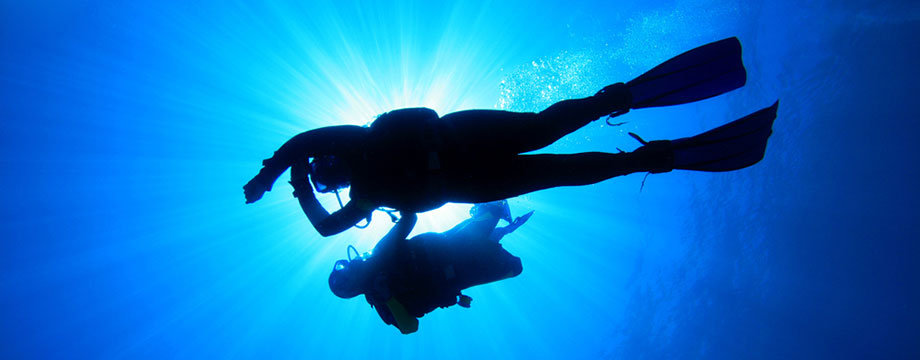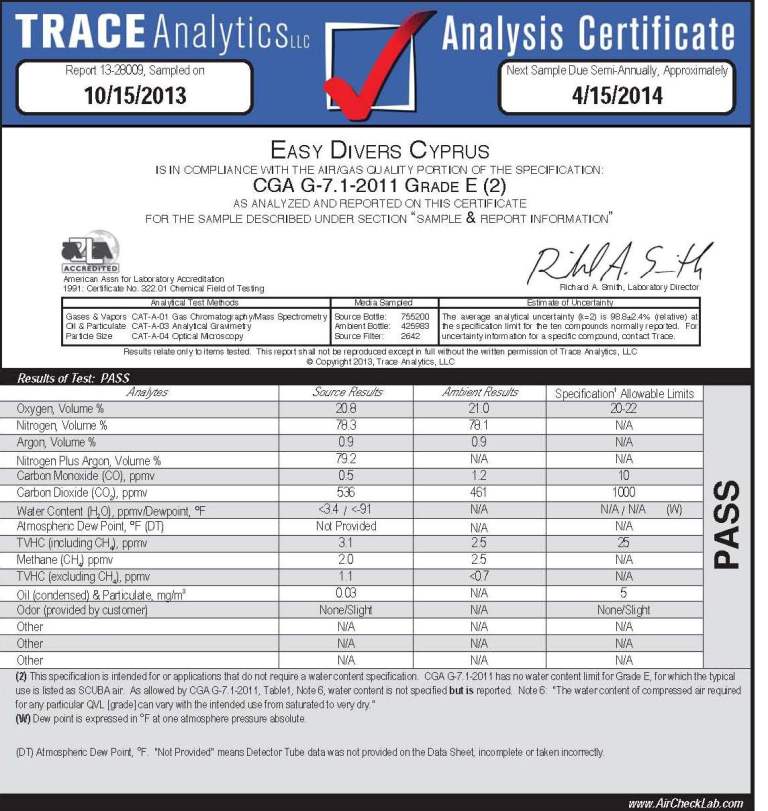PADI AWARE Fish Identity Specialty in Cyprus.
Have you found yourself on dives and wanting to know what species of fish you saw or what other fish are out there?
Well by doing the PADI AWARE FISH ID Specialty you can.
Why Cyprus? Cyprus is the furthest most Eastern Country in the Mediterranean. The Mediterranean is somewhat unique, in that it is almost completely land-bound, with Europe to the north, Africa to the south and Asia to the east.
General Facts of the Mediterranean Sea.
The major inflow into the Mediterranean is nutrient-poor, with oxygenated Atlantic surface water through the Strait of Gibraltar, resulting in generally well-oxygenated but nutrient-poor bottom waters. For this reason there is very little plankton in the Mediterranean, resulting in the characteristic transparency and blue colour of the sea. The Mediterranean Sea is in essence a large basin, separated from the Atlantic Ocean by a 320m deep sill at the Strait of Gibraltar.
The Rocky reefs, sea grass meadows and upwelling areas are particularly important habitats for Mediterranean marine biodiversity. Sea grass meadows are an important habitat for numerous marine species, particularly fish, crustaceans, and marine turtles, providing breeding, feeding, and resting areas. These meadows produce more than 80 per cent of the annual fish yield in the Mediterranean.
This unusual sea is biologically distinctive from the adjacent Atlantic Ocean, with significant endemism over a range of marine fauna.
Important species include the endangered monk seal; Mediterranean mussel (Mytilus galloprovincialis), mullets (Mugilidae), gilthead sea bream (Sparus aurata), sea bass (Dicentrarchus labrax), dolphins (Stenella coeruleoalba), fin whale (Balaenoptera physalus), harbor porpoise (Phocoena phocoena) and several species of dolphins.
PADI AWARE FISH ID Specialty Outline:
This one day Specialty course is designed to familiarise divers with fish identification basics for the most common families and species throughout the World, and involves people personally in the conservation of marine ecosystems.
Course Involvement:
You’ll complete 2 Fish Identification Open Water dives in 2 different dive locations. You will identify fish by placing them in appropriate family groups, draw diagrams and describe characteristics of fish species found in the local area.
During the course you will also study fish surveying techniques and strategies for collecting valid data.
Read the latest car news and check out newest photos, articles, and more from the Car and Driver Blog.


